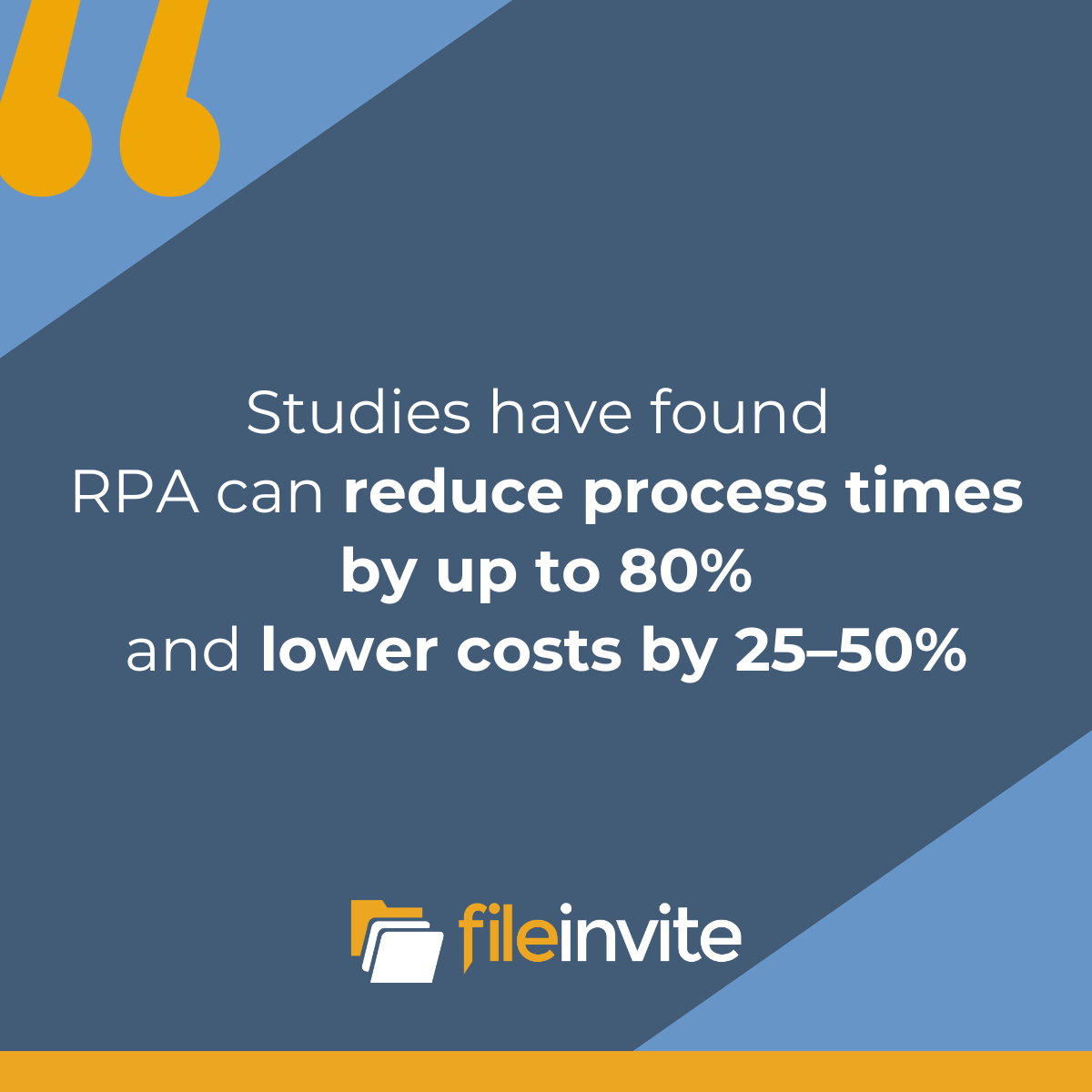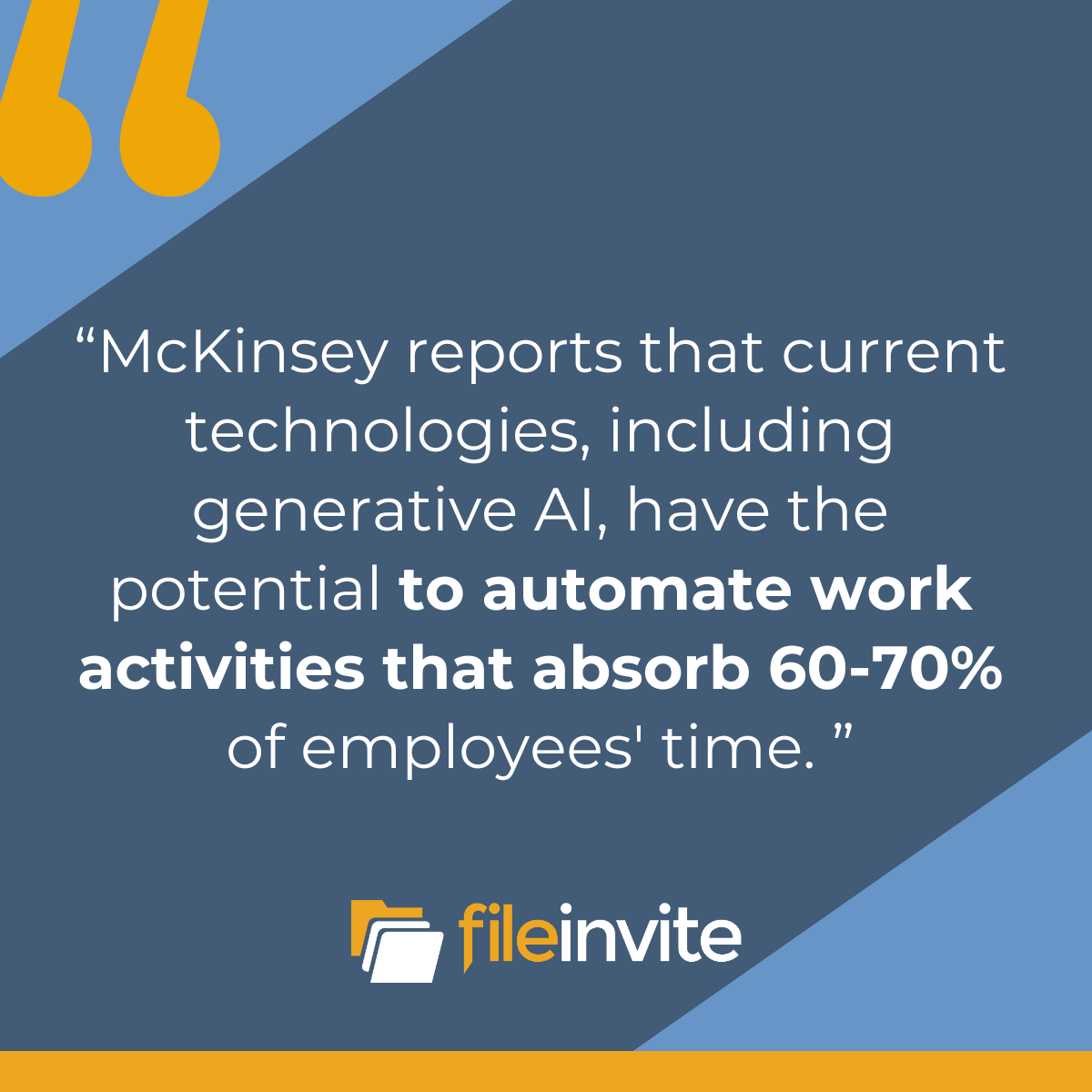AI Blog Series - Part 2. See part 1 here.
Slow file processing, missing documents, and manual tracking don’t just frustrate staff—they create delays members typically notice and factor into their choice of where to do business. By streamlining back-office operations with automation, credit unions can eliminate friction at its source. The result is faster service, fewer errors, and a stronger foundation for long-term member satisfaction.
What Is Back-Office Work and Why Does It Matter?
Back-office work includes the operational tasks supporting lending and member services that aren’t generally visible to the member. This includes:
- Converting documents to standard formats
- Renaming files
- Entering data into loan origination systems
- Tracking document collection status across systems
While members don’t see these tasks, they feel the effects, especially when there are delays, errors, or repeated requests. Disorganized back-office workflows slow down approvals, frustrate members, and overburden staff. Improving front-end service starts with fixing these behind-the-scenes processes, which are often the root cause of missed deadlines and inconsistent communication.
Automating the Admin: How RPA and AI Save Time
Robotic process automation (RPA) and AI-enabled tools can handle much of the routine administrative work that slows down lending teams. Instead of manually opening files, renaming them, and typing data into multiple systems, automation tools can process documents end-to-end. For example, when a member uploads a W-2, the system can verify it, extract key data, convert the file to the right format, and store it according to internal naming conventions. Information can then be automatically entered into the LOS or CRM without human input.

This reduces manual touchpoints and prevents common errors. Studies have found that RPA can reduce process times by up to 80% and lower costs by 25–50%. With fewer repetitive tasks, staff can shift their attention to member-facing work that requires judgment and empathy. Beyond simple efficiency, automating the admin is really about creating space for higher-value work that directly supports member satisfaction.
The Real Cost of Manual Processes
Manual processes in the back office—such as file conversions, data entry, and document collection tracking—consume a significant portion of staff time. McKinsey reports that current technologies, including generative AI, have the potential to automate work activities that absorb 60-70% of employees' time.
These inefficiencies lead to delays, errors, and repeated member requests, directly impacting member satisfaction. By automating these routine tasks, credit unions can free up staff to focus on higher-value activities, enhancing both efficiency and the member experience.
Case Study Snapshot: Improving Morale and Turnaround
Members First Federal Credit Union in New Jersey adopted FileInvite to reduce the burden of manual follow-ups and document tracking. Before automation, staff relied heavily on email, leading to misplaced attachments and member frustration.
By using a centralized document portal with automated reminders, they cut document collection and loan processing times from weeks to as little as 24–48 hours. The shift both improved efficiency and boosted staff morale by freeing them to focus on member conversations instead of inbox management.

Building Toward Scalable Growth
Back-office automation lays the groundwork for sustainable growth. With repeatable, error-resistant processes in place, credit unions can handle spikes in loan demand without adding staff. This flexibility is essential during market shifts or seasonal surges.
It also enables faster onboarding for new products or services. Automation ensures consistent service delivery even as volume increases. Rather than relying on heroic staff efforts to keep up, credit unions can scale confidently—maintaining high-quality member experiences while improving operating margins and staying competitive with larger, better-resourced financial institutions.
Security and Compliance: Automation with Controls
Automation enhances efficiency, but without proper safeguards, it can introduce new risks. Implementing robust security measures, such as encryption, role-based access controls, and detailed audit trails is an equally important part of the process.
These controls ensure sensitive member data remains protected throughout automated processes. Notably, recent studies found that 88% of data breaches are caused by human error. By automating routine tasks, credit unions can minimize such errors, bolstering both security and member trust.
Strong Systems Power Strong Relationships
Efficient back-office systems are the foundation of great service. Automating routine tasks enables credit unions to deliver faster, more consistent, and more trusted member experiences.
Read part 1 here
To learn more and request a demo, visit FileInvite today.

Related Posts: